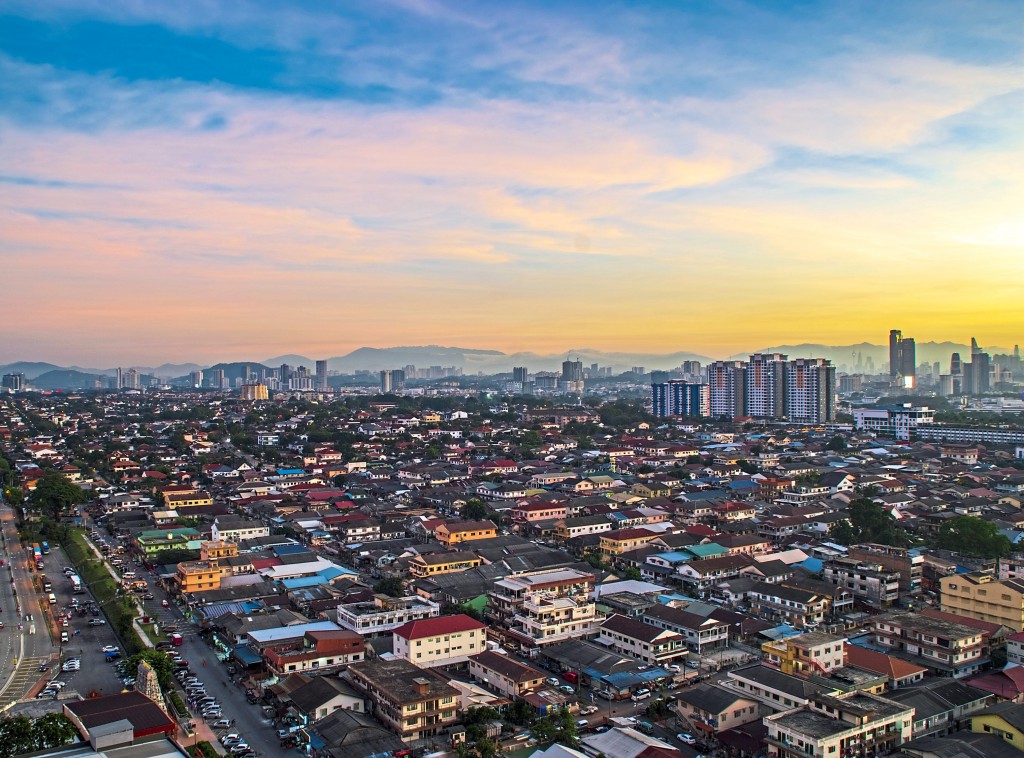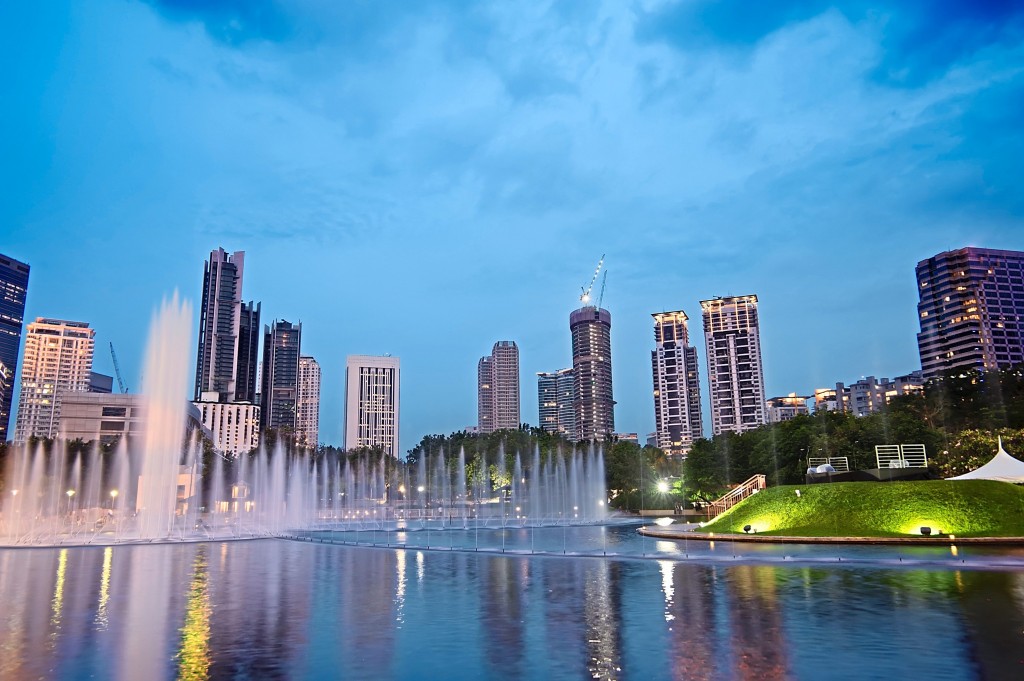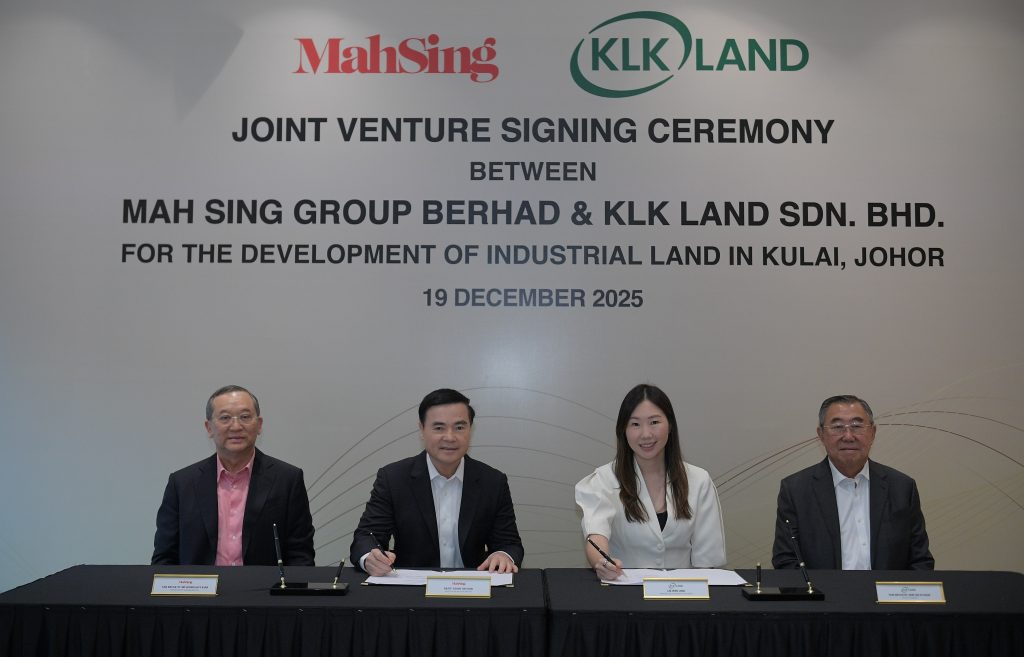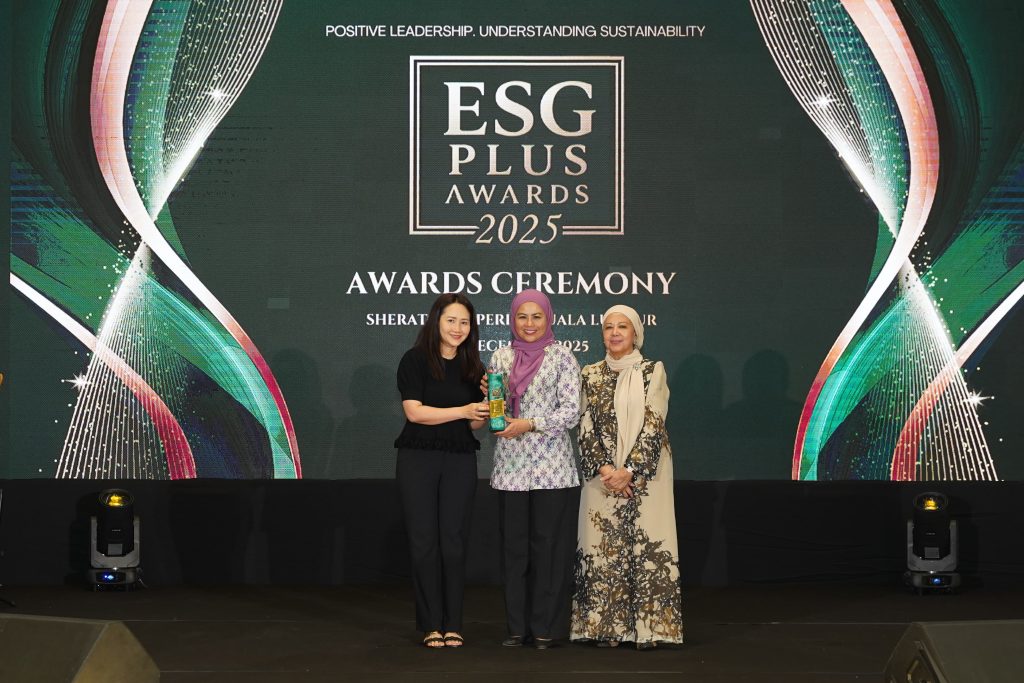
Depending on the purpose of the purchase, an attractive location differs for
property investors and homeowners.
Increased urbanisation and accessibility can make any location an attractive one
By Yanika Liew
For the longest time, the mantra of property investment was location, location, location. Prime location referred to city areas, where there had been more infrastructure and amenities readily available. Stakeholders would focus on city-centric locations, but in the last few decades, the mantra has changed.
While people are still looking at location, it’s no longer the end all be all of homeownership or property investment. Factors of design, developer preference and amenities have increased in importance.
“The proximity to the city is important but more than that, it is access. So you could live far away, but if you could jump on a train and go anywhere, you would be okay, and if you had amenities, then you would be okay,” Rahim and Co International Sdn Bhd real estate agency chief executive officer Siva Shanker said.
While the increased accessibility of the modern day has made city-centric locations less important, Siva also pointed to the fact that now, there are fewer properties available in the inner city and close suburbs, increasing their price substantially.
“Most people can't afford the inner city and the close suburbs, so (they have) no choice but to move outwards. Once you know you have to go further away, then the location itself is less important because you know already you cannot afford it. So the question now is whether you go further away in this direction, or in that direction,” he added.
With the factor of location put on the sidelines, the attractiveness of a location can be linked to proper amenities and infrastructure. As Malaysia continues to develop, countryside areas are becoming more and more urbanised.
Eye of the beholder
Depending on the purpose of the purchase, an attractive location differs for property investors and homeowners. Homeowners buy for their own use, while investors buy for cash flow or capital appreciation.
“What people define as hot depends on the objective of their purchase. When talking about investors, we look into one thing. The demand for rent, the demand for subsequent purchase,” Pejuang Hartanah founder Ahyat Ishak said.
Property experts like Ahyat look at the number of transactions within certain areas, among particular types of products, such as landed houses. This is one of the methods used to gauge demand, however, looking at high transaction areas is not enough to label a location a hotspot.
Liveability, unique selling points and amenities would be important factors in the making of a hotspot, FAR Capital chief executive officer Faizul Ridzuan said. These would differentiate a location from any other.
“A hot property to me it has to tick two boxes. It is easy to rent out and it is easy to sell, so the degree of sellability and tenant-bility. It has to be near schools, malls, it has to have night activities and mosques. These are important because it increases the demand, and demand makes a place hot and tenant-able and sellable,” Ahyat said.
Ahyat noted that as long as an area had continued demand for rental, investors would still perceive the location to be attractive. As an example, he pointed to Mentari Court in Bandar Sunway, where the investment model continued to evolve with investors renting out per room instead of per unit, increasing their profits.
In the case of older townships, attractive locations happened over time. A project developed into something larger and larger, eventually taking on an identity of its own.
“So you got this big thousand-acre land, and you know you’re gonna build a township over the next few years, so you stick Legoland right in the middle of it all, that's your placemaker, which acts as a catalyst to draw other things. The location is attractive because of what you created in there, which is anything that attracts footfall,” Siva said.
Neglect and decline
The decline of a neighbourhood can be attributed to the neglect of its surroundings, amenities and structure. Landed properties have less risk of decline, however, when it comes to apartments and condominiums, the responsibility of maintenance becomes an issue between tenants and developers.
“Attractiveness can decline when capital values continue to increase too much and people start to stay away because it’s too expensive or it doesn’t make any more investment sense,” Ahyat said.
He noted that the product of property was the reason why there were many transactions in the market. The attractiveness also includes paying attention to the price of the properties on sale, which should be adjusted to what most of the population can afford. Attractive areas can also shift with the segment of the population, as B40, M40 and B20 groups will deem different factors attractive.
However, when it comes to the mitigation of decline, Siva was adamant about a change in culture among Malaysian homeowners and developers, especially when it came to non-landed properties. He pointed out that the individual buyer could not be expected to maintain the entire building unless they had a joint management body (JMB).
The issue of disrepair from an insufficient service charge would either be caused by a number of non-paying owners, or a low service charge.
“That happens when developers are in such a hurry to sell. You have no choice but to promise people a 20 cents service charge for five years, kept at five years, as an inducement for them to buy, and now you realise you need 80 cents. Then at the end of five years, he’s used to paying 20 cents. It’s a vicious cycle,” Siva said.
“You have to get into the maintenance culture, you need to fix the lightbulb straight away before the entire light fixture breaks. If the developer is managing the project, then it's the developer’s responsibility. If the JMB is managing the project, then the JMB’s responsibility. It is all about money, if you don't have enough money, you cannot manage it,” he added.
“We need to learn the management and maintenance culture, which we sorely lack. We need to learn that everything has a lifespan and you must regularly put money in to make it look nice and modern. Upgrade, upgrade, upgrade. When you do that, you will always have a feel-good factor and the property will maintain its value and desirability for a longer period of time. It can't be forever, but a longer period of time,” Siva said.
“Hotspots can definitely be rejuvenated. If you look at areas like TTDI, there are expensive, hipster cafes that don't exist ten years ago. (Previously) if you wanted to go to those cafes then you would go to other areas, but today we see it in TTDI, so I think these areas can definitely be rejuvenated but that will require a completely different mix of residence and commercial that will bring some form of life to the area,” Faizul said.
What’s in a place? Its name
Locations can be dogged by an ugly public image, especially once they have experienced a decline.
“The market perception is not easy to overcome. For example, Bukit Beruntung emptied out, nobody wanted to live there. All these years later, it has rejuvenated, but it’s not gonna be easy to bring it back to the levels that it was at before. At that time it was too far away, it was ahead of its time, now, people are not so fussed about travelling that kind of distance,” Rahim and Co International Sdn Bhd chief executive officer Siva Shanker said.
He noted that once a location began to decline, stakeholders such as buyers, investors and developers, would have a stay-away mentality.
“Once the stay away mentality kicks in, it’s not easy to get rid of it unless you completely revamp the project, but that might mean starting from scratch, and that would be impossible to do in Malaysia. There are multiple owners, so you can never get anyone to agree,” Siva said.
The issue of tearing an apartment down for refurbishment has been possible in other countries, such as Singapore, which Siva attributes to a good redevelopment culture as well as looser legal restrictions.
However, developers have often rebranded locations to create a new image in the public eye. He pointed to the difference in perception between Kl Sentral and Brickfields, when KL Sentral used to be known as Brickfields, and today, they are separated by just one road.
“Bangsar South is actually Kerinchi, they fought to change the name back to Kampung Kerinchi many years ago. North Kiara is Segambut, Kota Damansara is Sungai Buloh. So what’s in a place? Its name,” Siva said.
These examples are not simply a refurbishment of the neighbourhood but creating a new and distinct identity, name and image. This new identity allows developers to enhance its location as one that is refreshing and innovative.
“Sri Kembangan was called Puchong South. It became hot because the MRT2 passes through it, and there was renewed interest by developers. Melawati was rebranded as KL East, and suddenly it boomed up,” Pejuang Hartanah founder Ahyat Ishak added.

“A hot property to me it has to tick two boxes. It is easy to rent out and it is
easy to sell,” Ahyat said.

Liveability, unique selling points and amenities would be important factors in the making of a hotspot, Faizul said.
Stay ahead of the crowd and enjoy fresh insights on real estate, property development, and lifestyle trends when you subscribe to our newsletter and follow us on social media.

















































